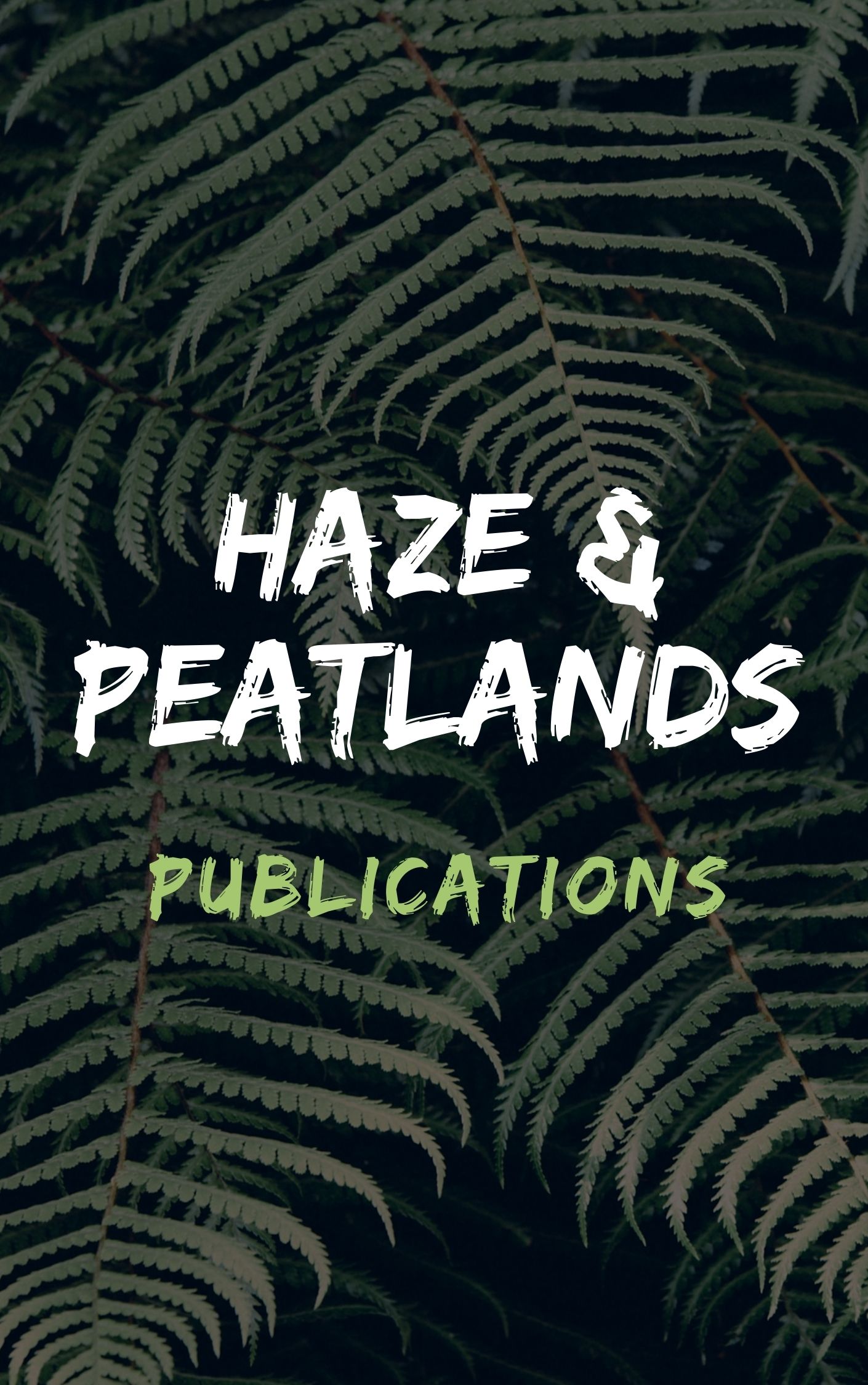In mountainous area of Laos, where upland rice cultivation under slash-and-burn agriculture (SaB) has been a major rice production system, farmers have grown the diverse varieties with their indigenous knowledge. The policy for forest conservation and the shift to market economy since 1990's, however, has drastically changed the situation of SaB, possibly affecting the farmers' variety selection of upland rice. In order to identify the key agronomic traits for variety selection by upland rice farmers, we conducted the germplasm collection and the interview survey on their characteristics and cultivation frequency in total of 26 villages of Luang Prabang, Vientiane and Sekong province during the period of 2014 to 2015. We collected 244 accessions in total from 26 villages. The number of accessions per village was the largest in Luang Prabang province, where SaB was popular in Laos. Pearson's chi-square test was performed for each characteristic in order to compare the frequency distribution between total population and the group of primary genotypes, of which cultivation frequency was the highest in each village. The results indicated that the significant difference was observed in two characteristics; environment adaptability and maturity. The frequency distribution of environment adaptability to poor, moderate and good environment is 29%, 55% and 24% for total population, but 15%, 22% and 63% for primary genotype group. The frequency distribution of maturity for early, middle and late maturity is 19%, 30% and 51% for total population, but 7%, 11% and 82% for popular genotype group. These results indicate that the primary genotypes are likely to have late maturity and good environment adaptability. This suggested that in Laos, upland rice farmers prefer to cultivate late maturing varieties, which were adapted to good environment.
Keyword(s)
adaptability, agronomic characteristics, characteristics, cultivars, frequency distribution, genetic diversity, genetic variation, genotypes, germplasm, maturity, maturity groups, rice, shifting cultivation, upland rice, Laos, Oryza sativa, ASEAN Countries, Indochina, South East Asia, Asia, Least Developed Countries, Developing Countries, Oryza, Poaceae, Poales, commelinids, monocotyledons, angiosperms, Spermatophyta, plants, eukaryotes, bush fallowing, cultivated varieties, genetic variability, genotypic variability, genotypic variation, Lao People's Democratic Republic, paddy, slash and burn, swidden agriculture, Field Crops (FF005) (New March 2000), Plant Breeding and Genetics (FF020), Plant Production (FF100), Plant Cropping Systems (FF150), Environmental Tolerance of Plants (FF900)

